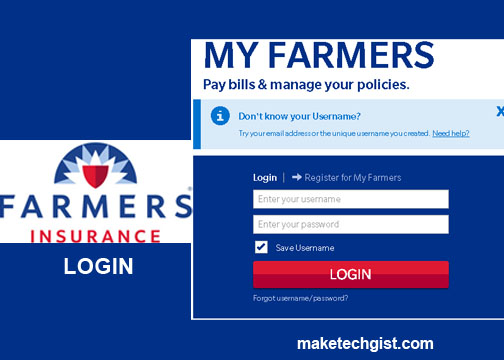Life insurance is an important financial safety net for your household if you die. However, you might not consider paying for a policy that could not lead to a payout where you might lack funds in your pocket. But the return of premium life insurance helps to make that issue worthwhile.

Return of premium life insurance helps pay back all the costs you have incurred if you are still alive when the term coverage expires. This process minimizes the policyholder’s net cost to zero. In other words, coverage that offers a return of premium is regarded as a return of premium life coverage.
What is the Return of Premium Life Insurance?
Return of premium (ROP) life insurance provides a return on premium payments if the policyholder outlives the term, requiring higher premiums during the policy’s duration. A term life insurance policy is only valid for a specified period, typically 10, 20, or 30 years. If you outlast the period, no death benefit is paid out.
Additionally, a return of premium insurance (or rider) reimburses you for any or all of the premiums you paid if your term life policy expires without paying out. Furthermore, the return of premium riders is often offered with level-term life insurance policies, in which premiums are fixed when you buy the policy and remain constant throughout the term.
How Does Return of Premium Life Insurance Work?
You’ll choose a term length, such as 20 or 30 years when purchasing a stand-alone return-of-premium life insurance policy. Your life insurance beneficiaries will get the death benefit if you pass away during that period. If you don’t, you’ll receive a full refund of your premiums, interest-free, with your insurer potentially deducting handling fees and other costs.
Since the money you get is only a reimbursement for the payments you made, it is not subject to taxes. If you are still living at the time the policy expires, you will not get any money from standard-term life insurance. Because ROP life insurance is a term life policy that gradually accrues cash value, it’s an intriguing product. When you have enough cash value built up, you can take out a loan against your policy. Also, take cash out, or give up the policy for cash if you decide you no longer need coverage.
How Much Does ROP Life Insurance Cost?
While the return on premium benefits may be appealing, you will have to pay significantly more for that flexibility and privilege. Depending on several circumstances, your premiums could be two to five times those of other term insurance companies. If you’re looking for low-cost life insurance, you might want to choose a classic-level term policy. Term life insurance is commonly regarded as a more inexpensive alternative to more expensive permanent life insurance alternatives. This includes whole life and universal life insurance.
Why Get Return of Premium Life Insurance?
The primary reason to get a return of premium life insurance policy is risk mitigation. If you’re uneasy with the prospect of outliving a term life policy, the greater cost may be worthwhile for you. One significant disadvantage of ROP life insurance is that you essentially make an interest-free loan to the insurer. When you add in inflation, you wind up getting less money back at the end of the period. This is because the refund does not include interest.
A better alternative could be to get a standard term life insurance policy. Then put the extra dollars you’d pay for an ROP rider into a safe investing account. Not only will you save money, but you will also have extra money at the end of the policy term. This is if you invest it in a way that earns even moderate returns.
How Do You Choose a Return of Premium Life Insurance?
To ensure you obtain the greatest ROP coverage for your needs, both financially and personally, there are a few things you should check for when searching for one:
- Cost: To determine how much more you’ll pay for an ROP term policy. It’s helpful to compare its cost to that of a normal term policy.
- Financial strength: To determine an insurance company’s level of economic stability and likelihood of upholding its contractual obligations, review AM Best’s financial stability ratings.
- Customer satisfaction: To find out how happy clients are with a specific life insurance provider, look through the NAIC complaint index. Also, to find out how 21 of the biggest insurance companies are doing, check out the results of J.D. Power’s customer survey.
- Convertibility: Choose a provider that enables conversion if you anticipate needing to convert your term policy to a permanent policy at a later time.
- Riders who are included and those who are not: Certain riders will be included at no additional cost. Meanwhile, others may require payment. Ensure you factor in the cost of any additional riders you desire when comparing the quotes from different life insurance companies.
Final Thought
Depending on your personal tax status and risk tolerance, you may choose to purchase a return of premium life insurance policy or a return of premium rider. A simple term policy without the rider is certainly a better option for policyholders who are comfortable with stock market fluctuations and have access to tax-deferred or tax-free assets. However, the guaranteed rate of return offered by the income rider policy may appeal more to risk-averse policy owners.





